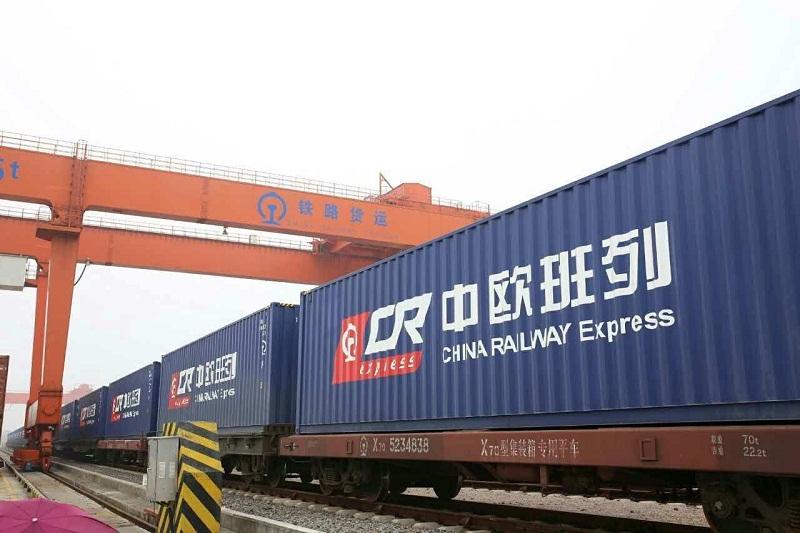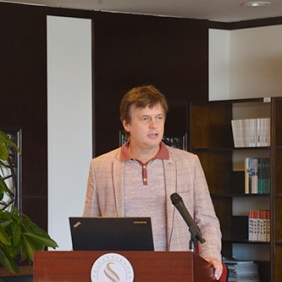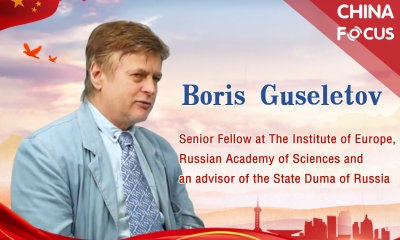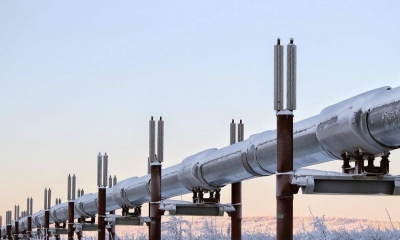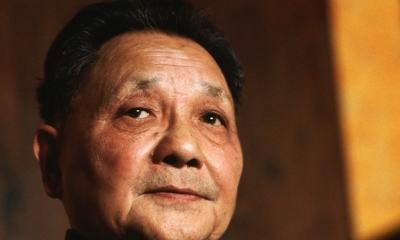China and Russia in Central Asia: Is Cooperation Possible and in What Areas?
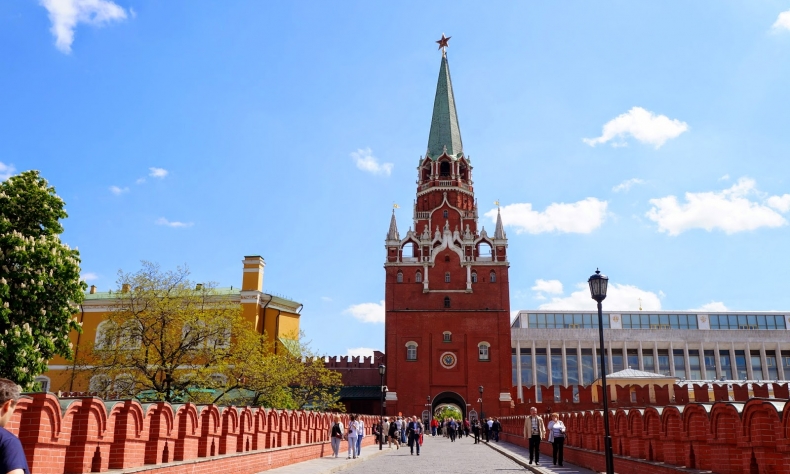
Central Asia (CA), located in the center of the Eurasian continent, is a potential transport bridge between Europea and the dynamic Southeast Asia. First of all, the potential of this region is associated with the development of its transit capabilities and its implementation can give a serious impetus to the development of CA states suffering from the land-locked geographic location, the economic crisis, weak economic diversification, and an outdated technological base.
Russia traditionally plays an important role in the development of this region, historically, economically and politically associated with most of the states of this region, especially with the former Soviet republics of CA (Kazakhstan, Kyrgyzstan, Uzbekistan, Turkmenistan and Tajikistan), and China, which is interested in ensuring the transportation of goods to Europe and ready to make significant investments to create the necessary infrastructure for this under the initiative of the Silk Road Economic Belt (SREB).
However, we should not forget that the practical implementation of these projects requires ensuring security in this region, especially given its geographical proximity to the states of the Middle East and Afghanistan. Threats to security in this region are mainly transboundary in nature, and the efforts of the states of the region themselves are not enough to overcome them. They need the help of external players to overcome the identified challenges and threats to security and are forced to pursue a multi-vector foreign policy that ensures a balance in their relations with leading states that meets their national interests.
Strategies of individual countries of CA in relation to various integration projects, international organizations and initiatives aimed at strengthening international cooperation are noticeably different.
For example, Kazakhstan and Kyrgyzstan are open for cooperation with leading states, including China and Russia, which they officially recognize as important partners. They are members of the EAEU(Eurasian Economic Community), the CSTO(Collective Security Treaty Organization) and the SCO(Shanghai Cooperation Organization), and at the same time they cooperate with other important players: the EU, Japan, the USA, and India.
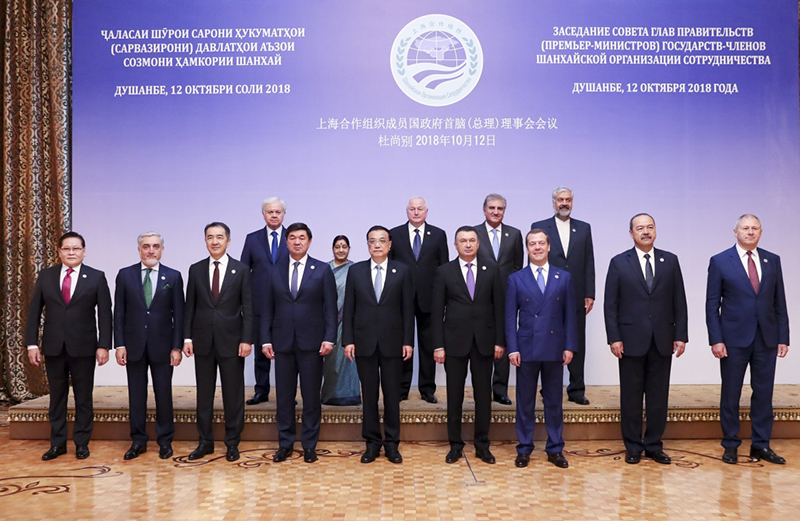
Uzbekistan and, especially, Turkmenistan, belong to the opposite group. They prefer to integrate international structures and multilateral cooperation within the framework of international organizations to interact on a bilateral basis. Uzbekistan is not part of the EAEU and the CSTO, but is part of the SCO. Turkmenistan is not included in the CSTO, the EAEU, or the SCO and officially has a neutral status that prohibits entry into military blocs.
Tajikistan is intermediate between these two groups. It is not included in the EAEU, but is included in the CSTO and the SCO.
Russia’s special attention to the region is due not only to the historical interrelationships that have developed in the post-Soviet space, but also to the direct interest in ensuring security and stability in the states directly adjacent to the borders of the Russian Federation.
Russia’s main interest in the region of Central Asia is to promote the development of CA states. This is the reason for the desire to coordinate efforts with China in the region.
Interests of Russia and China in the Region
Currently, cooperation between Russia and China in CA is particularly relevant in connection with the growth of the above threats and security challenges (from international terrorism and religious extremism), as well as the severe economic crisis associated with a fall in oil prices, resulting in a decrease in trade volumes and income from labor migration to Russia.
It is possible to reduce the risks of destabilization in the region by ensuring more dynamic economic development. The Chinese leadership’s initiation of the SREB project and an agreement between Russian President V. Putin and PRC Chairman Xi Jinping to link the SREB with the EAEU could become an essential tool for solving security problems and is in the interests of CA’s countries.
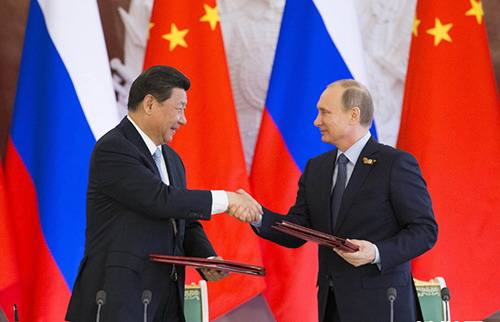 The approaches of Russia and China to the situation in CA are similar: they consider the available opportunities pragmatically, without interfering in the internal politics of the countries of the region. The “policy of non-interference” in internal affairs was expressed in the “Joint Statement on the deepening of a comprehensive partnership and strategic interaction and on the promotion of mutually beneficial cooperation”, signed by the leaders of both states in May 2015.
The approaches of Russia and China to the situation in CA are similar: they consider the available opportunities pragmatically, without interfering in the internal politics of the countries of the region. The “policy of non-interference” in internal affairs was expressed in the “Joint Statement on the deepening of a comprehensive partnership and strategic interaction and on the promotion of mutually beneficial cooperation”, signed by the leaders of both states in May 2015.
CA is a complex region with serious socio-economic problems and security challenges. Most of them are transboundary in nature, which is important for Russia and China as states bordering CA. At the same time, CA itself has historical and cultural ties with a number of states and regions, which are characterized by high security risks – Afghanistan and the Middle East.
The strategically important position of CA in the center of Eurasia and the large reserves of natural resources, including hydrocarbon, have led to the involvement of many regional and world powers in the situation in the region. For cooperation between Russia and China in CA, it is important that both countries have largely coinciding and harmoniously coordinated strategic and geopolitical interests.
First, both sides are interested in countering the growth of non-traditional security threats. This is especially important for Russia, since these threats can negatively influence the situation in the Russian North Caucasus, as well as the problem of weak control over migration flows. For the PRC, problems on the territory of adjacent CA can exacerbate the challenges posed by terrorism, religious extremism and separatism, especially in Xinjiang. Therefore, Russia and China are interested in political stability and socio-economic development of the countries of Central Asia.
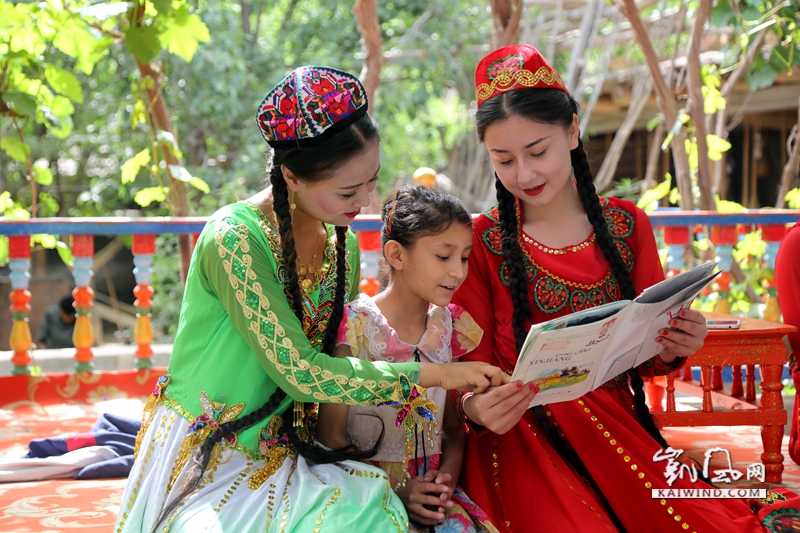 Secondly, Russia and the PRC are not interested in strengthening the influence of potentially hostile third forces in the region. Beijing considers CA to be a reliable back for the implementation of its policy in the Asia-Pacific Region (APR). Moscow perceives the countries of the region as allies of the CSTO or as neutral states in terms of ensuring a balance of power with NATO.
Secondly, Russia and the PRC are not interested in strengthening the influence of potentially hostile third forces in the region. Beijing considers CA to be a reliable back for the implementation of its policy in the Asia-Pacific Region (APR). Moscow perceives the countries of the region as allies of the CSTO or as neutral states in terms of ensuring a balance of power with NATO.
The economic interests of Russia and the PRC in CA are traditionally more competitive than relations in the political field. Russia is interested in the reintegration of the post-Soviet space on a new economic basis in order to continue to play a key role in the current structure of transportation routes in this area.
In recent years, China has shown interest in accessing CA’s resources, establishing effective trade and investment cooperation with the countries of the region, forming a powerful transport and pipeline infrastructure, both transit and connecting the region with the PRC.
Coordination between Russia and the PRC in Central Asia
The presence of common military-strategic interests and close bilateral relations prompts Moscow and Beijing to seek ways to harmonize interests and projects. Russia has significant military power in the region – the infrastructure of military bases in Kazakhstan, Kyrgyzstan and Tajikistan within the framework of the CSTO. Bilateral military ties have been established with other CA’s states, in particular with Uzbekistan. China, in turn, has a rapidly growing economic and “soft” power. In this regard, there is a need to harmonize approaches so that they meet both the interests of Russia and China, and the needs of the CA’s peoples.
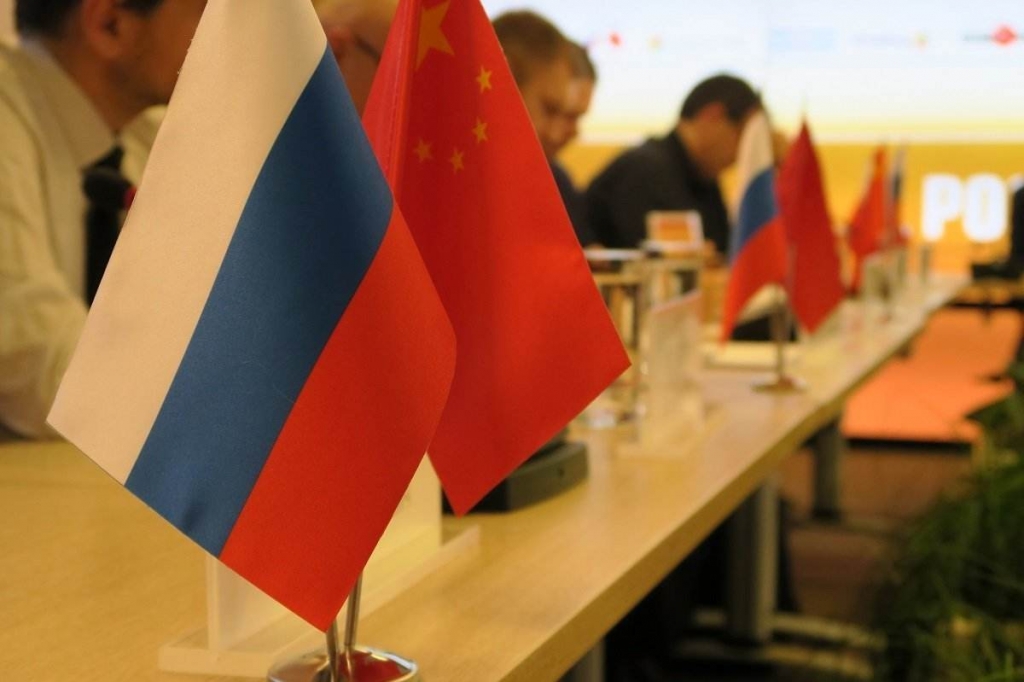 China within the framework of the SREB initiative hoped to increase its influence in the Eurasian space, including in CA. At the same time, Beijing declares its desire to take into account the interests of both Russia and the countries of the region, stressing that the Chinese initiative is not aimed at undermining projects that play a key role in terms of the interests of Russia, in particular, created on January 1, 2015 of the EAEU. It is not directed either against the SCO, where the PRC and Russia remain key players, or against the CSTO.
China within the framework of the SREB initiative hoped to increase its influence in the Eurasian space, including in CA. At the same time, Beijing declares its desire to take into account the interests of both Russia and the countries of the region, stressing that the Chinese initiative is not aimed at undermining projects that play a key role in terms of the interests of Russia, in particular, created on January 1, 2015 of the EAEU. It is not directed either against the SCO, where the PRC and Russia remain key players, or against the CSTO.
In a joint statement by V. Putin and Xi Jinping of May 8, 2015, “Cooperation on the pairing of the construction of the Eurasian Economic Union and the Silk Road Economic Belt” refers to ways of effective interaction between the three projects – the EAEU, SCO and the SREB.
General Principles of Partnership Between Russia and the PRC in Central Asia
Some of these principles are formulated in the “Concept and Action Plan to Promote the Joint Construction of the SREB and the Sea Silk Road of the 21st Century” document, which was published by the Chinese leadership on March 28, 2015. It deals with “harmonious inclusiveness”, promoting “civilization tolerance”, respecting each country’s choice of a path and model of development, peaceful coexistence, joint creation and prosperity.
An important principle of cooperation should be a comprehensive understanding of the interrelation of problems of security and political stability with problems of socio-economic and cultural development. It is obvious that the greatest transboundary security threats that are important from the point of view of the interests of Russia and the PRC come from “failed” or “fragile” states.
Ultimately, the main criterion for the effectiveness of cooperation between Moscow and Beijing in CA may be to assist the countries of the region in ensuring economic development and socio-political stability. The participation of other countries in the processes taking place in CA and the multi-vector foreign policy of the CA’s states dictate another principle of the Russian-Chinese partnership, namely, nondirection against third countries, striving for the widest possible and productive interaction with all forces interested in developing CA.
 Facebook
Facebook
 Twitter
Twitter
 Linkedin
Linkedin
 Google +
Google +
